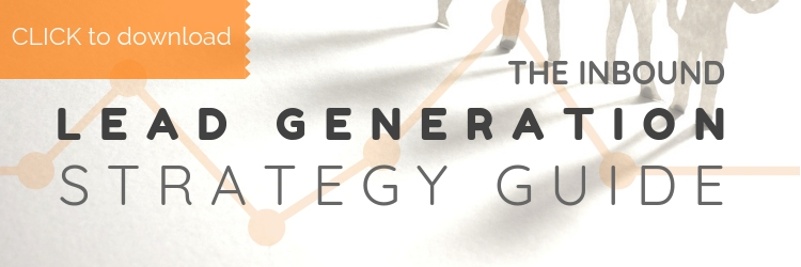When we evaluate whether Orange Pegs can help a business overcome its growth challenges, we often find that they're investing in a lot of different sales & marketing endeavors, but they're not working together.
Improving your lead generation process is often something that can be accomplished through organization, so I put attention on the tech stack and how it's used. If you're wondering how to generate leads, consider this important tips and components:
1. Project Management Tools
If you're struggling with the organizational aspect of keeping everything working together, hitting deadlines, and maintaining transparency, you should consider a better system for project management.
There are a number of great programs out there, including Monday.com, Basecamp, Trello, Slack, and others - designed to centralize communications, and almost gamify task management.
We use Basecamp 3. It's $99/month, and allows us to create an unlimited number of projects and templates, and we can invite as many users in as we want. Others charge by seat, which makes it cheaper for smaller operations.
Within Basecamp, we have a master template from which we create all new projects. We erase what we don't need from project to project, and use the present assignments to back into our timeline objectives. When we find a more efficient/effective way to execute something, we'll update the template.
Additionally, ALL communication goes through Basecamp. The never-ending stream of consciousness lives in the campfire. Specific conversations we want to keep organized and top-of-mind live in the message board (where we have templated conversations as well). And assignment-specific conversations happen within the assignment itself. (See below for some of our secret sauce)

2. Marketing Tools
Having good marketing automation tools is essential to the success of your lead generation program for a number of reasons. I suggest an all-in-one like Hubspot Marketing Pro. It's a bit pricey, but it does a LOT of work for you, and when used properly, it will reduce costly manual processes.
First, it centralizes all digital marketing assets in one spot. Additionally, analytics are all in one spot. So, when it comes to being effective, you are able to tap into a single resource for both delivery and measurement.
3. Sales Tools
Lead generation exists for one reason, and one reason alone - to feed sales. So, why wouldn't you consider the entire sales funnel when trying to improve the lead generation process? One aspect of good lead generation is good leads... and it's impossible to tell what's good if you don't have another tool to reveal how your leads are being treated once they hit sales.
Additionally, inbound leads don't work like outbound leads. You have to be much more reactive to their engagement, since they are giving you permission to connect with them. Unlike cold, outbound leads, which have NO idea when you got their contact information, and certainly never said you could market or sell to them.
A modern CRM will bridge this gap. I recommend pairing your sales tool up with your marketing tool.
Personally, I swim in the Hubspot koolaid, so it shouldn't be a surprise that I recommend Hubspot Sales Pro or Enterprise (read my full review here). But if you're addicted to Salesforce and can't shake it, you may consider Pardot for your marketing automation... although, I don't think either can hold a candle to Hubspot...
Like I said - I swim in their koolaid... but that's just because they're the best in class.
... (down the hatch!) ...
CONCLUSION
Lead generation tends to entail a myriad of marketing disciplines, so organization is critical. By incorporating sound lead generation practices, such as inbound, you'll be generating high quality opportunities and deals to your sales team in no time!
Click HERE to download our free Inbound Lead Generation Strategy Guide:



